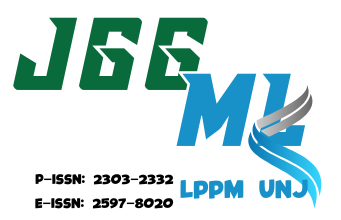A Waste Management in the Service Company for Hazardous Waste Treatment in Balikpapan
Assess the Practice of These Regulations by the Service Company for the Hazardous Waste Treatment
Keywords:
Waste management, Assessment, Service company, Hazardous waste, Environmental problemAbstract
Because of the potential threats to the environment, hazardous waste management is critical. The design of a hazardous waste management system in Indonesia involves several regulations, including Government Regulation of the Republic of Indonesia or PP No. 22/2021 and the decree of The Head of Indonesian Environmental Impact Control Agency or BAPEDAL No. 01/1995. This study aims to assess the practice of these regulations by the service company for the hazardous waste treatment. The method is conducted with a descriptive idea and content analysis technique using a qualitative case study research approach to collect in-depth knowledge regarding waste management system. In this regard, the selected service company for hazardous waste treatment in Balikpapan could proof only six of the ten criteria of Indonesian legal standard examined so this study proposed a performance evaluation centered on hazardous waste management as sufficient for the implementation of hazardous waste management. To improve the waste management assessment, a series of alternatives based on the waste management hierarchy is suggested for further studies such as including reduction, storage, usage, processing, stockpiling, and dumping factors on their research.



